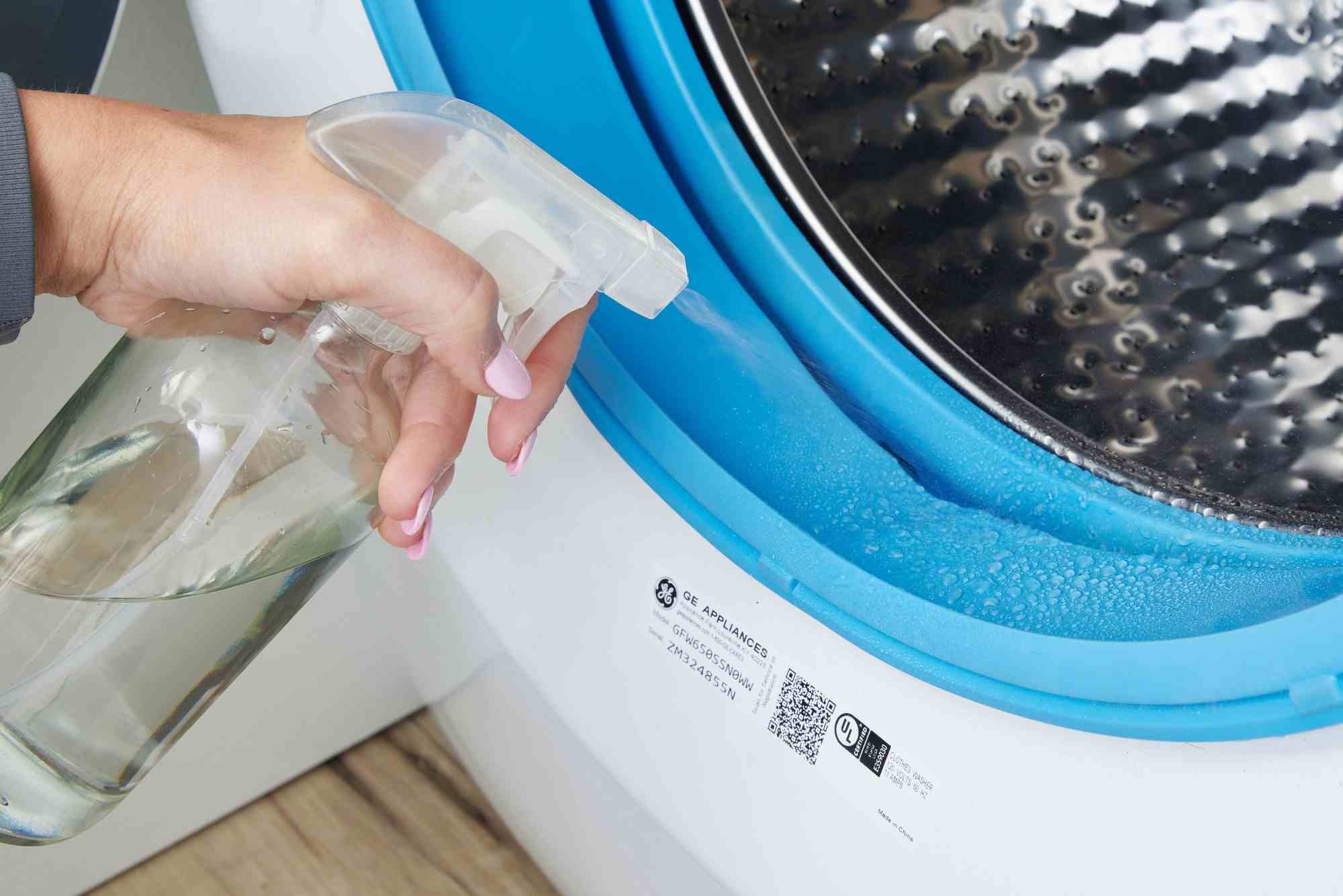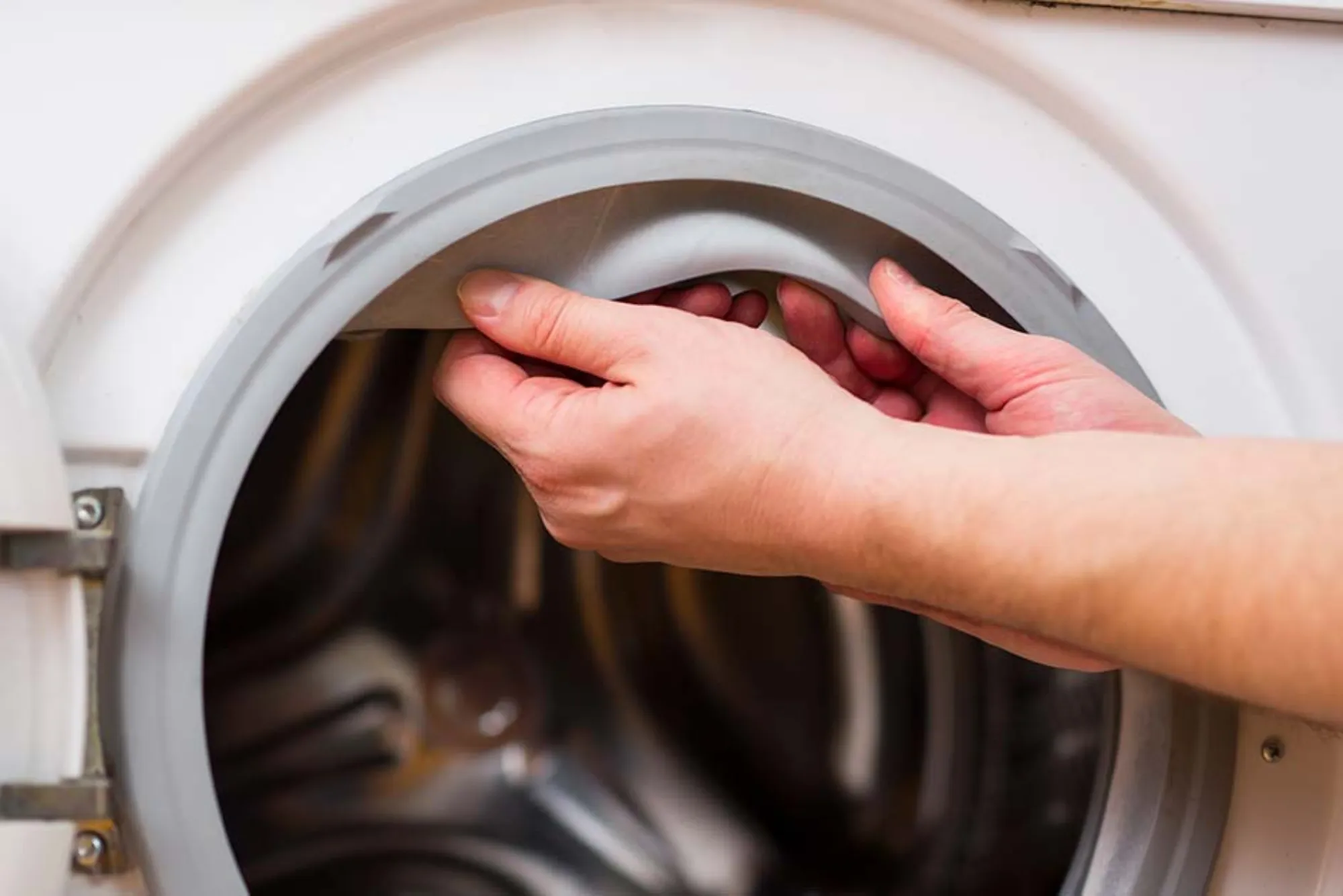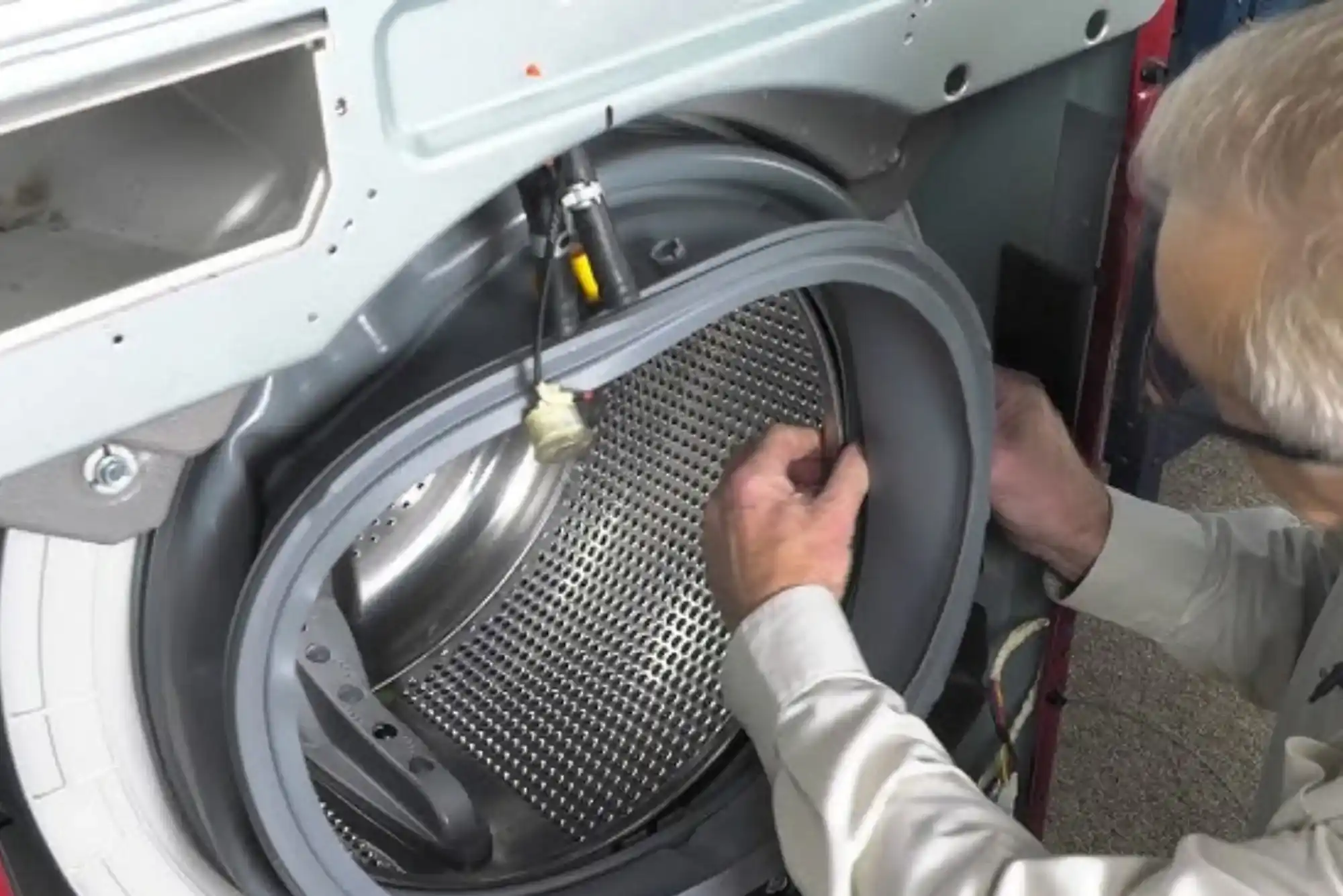A washing machine is one of the most important home appliances that simplifies daily chores. It keeps your clothes clean, fresh, and ready to wear. However, many homeowners overlook one crucial part of their washing machine — the soap dispenser. Over time, detergent, softener, and residue build up inside the dispenser, leading to bad odors, mold growth, and even malfunctioning of the washer. Knowing how to clean the washing machine soap dispenser properly is essential to maintain hygiene and ensure your appliance runs efficiently.
Cleaning your washing machine’s soap dispenser may sound like a minor task, but it plays a major role in the overall performance of your machine. A dirty dispenser can cause detergent to clog, prevent the proper mixing of water and soap, and affect your clothes’ cleanliness. This article will guide you through everything you need to know about keeping the dispenser spotless, ensuring your washing machine stays in excellent condition for years.
Understanding the Role of the Soap Dispenser
Before cleaning, it’s important to understand what the soap dispenser does. In most modern washing machines, the soap dispenser has separate compartments for detergent, bleach, and fabric softener. During each wash cycle, the machine automatically releases these cleaning agents at the right time. However, since detergents and softeners are thick, they often leave behind sticky residue. Over time, this residue mixes with moisture and dirt, forming mold or mildew.
If you notice black spots, musty smells, or soap that doesn’t fully drain into the drum, it’s a clear sign that your dispenser needs cleaning. Ignoring it can cause not just hygiene problems but also affect your washing results — clothes may come out dull, soapy, or with an unpleasant odor.
Why Regular Cleaning Is Important
Many people think that since the washing machine handles soap and water, it must clean itself automatically. Unfortunately, that’s not the case. Detergent residue, lint, and hard water deposits can accumulate inside the soap dispenser and other internal parts.
A clean soap dispenser helps maintain water flow, ensures detergent mixes properly, and prevents contamination. Moreover, cleaning the dispenser regularly reduces the chances of bacterial growth, which can cause bad smells in both the machine and your laundry.
In areas with hard water, mineral buildup can become a serious issue. These minerals can block detergent flow or cause the dispenser drawer to jam. Regular cleaning prevents this and ensures smooth operation.
Signs Your Soap Dispenser Needs Cleaning
Several signs indicate that your washing machine’s soap dispenser needs attention. You might notice detergent remaining in the drawer after each wash, or you might see visible mold or mildew. Sometimes, a strong, musty odor emanates from the dispenser area.
If your clothes come out smelling unpleasant or if the water flow into the drum seems restricted, the dispenser may be clogged. Another clear indicator is when the dispenser drawer becomes difficult to open or close. All these are signals that cleaning is long overdue.
Preparing to Clean the Dispenser
Before starting the cleaning process, always unplug your washing machine for safety reasons. This prevents any accidental electrical issues. Next, open the soap dispenser drawer. Most modern washing machines allow you to remove the dispenser completely for thorough cleaning.
Refer to your machine’s manual if you’re unsure how to remove the drawer. Usually, it involves pressing a release tab or gently pulling until it slides out. Once removed, inspect all compartments carefully. You’ll likely notice detergent buildup, mold patches, or hard residue around corners and crevices.
Fill a bucket or basin with warm water and add a few drops of mild dish soap or white vinegar. Both help in loosening up hardened detergent and killing bacteria.
Deep Cleaning the Soap Dispenser
Start by soaking the dispenser in the prepared warm, soapy water for about 15 to 20 minutes. This will help soften any detergent residue. Use an old toothbrush or a small cleaning brush to scrub each compartment thoroughly. Pay special attention to corners and the underside of the drawer, where buildup is usually worst.
If you notice black mold spots, use a mixture of equal parts white vinegar and water to clean them. Vinegar is a natural disinfectant and deodorizer. Alternatively, a mild bleach solution can also help remove mold, but rinse thoroughly afterward to prevent any chemical residue.
Clean the slot inside the washing machine repair where the dispenser fits. Wipe it using a damp cloth dipped in vinegar or a mild detergent solution. You’ll often find buildup in that area, which is a common cause of unpleasant smells.
After scrubbing, rinse the dispenser under warm running water to remove any cleaning agents. Let it air dry completely before reinserting it back into the washing machine.
Cleaning a Non-Removable Dispenser
Some older washing machines or compact models come with non-removable dispensers. In such cases, you can still clean them effectively. Mix warm water with vinegar and pour it directly into the dispenser compartments. Allow it to sit for about 10 minutes. Then, use a toothbrush or narrow cleaning brush to scrub as much as you can reach.
Next, run a hot water cycle without clothes. Add a cup of white vinegar into the drum to clean any remaining residue inside the internal system. This process not only cleans the dispenser but also freshens up the entire machine.
Preventing Future Buildup
Cleaning the soap dispenser once is not enough. To keep your washing machine in top condition, regular maintenance is key. Always wipe down the dispenser after each wash if possible. Leaving it slightly open after each cycle helps air circulate and prevents mold growth.
Try to use the right amount of detergent according to the manufacturer’s instructions. Overusing soap is one of the main causes of buildup. Liquid detergents tend to leave more residue than powder, so consider switching if buildup becomes frequent.
Also, using warm water washes occasionally can help dissolve detergent residues naturally. Avoid using thick or concentrated detergents without diluting them, as they can stick to the walls of the dispenser.
Maintaining the Entire Washing Machine
While cleaning the soap dispenser is essential, it’s also important to maintain the rest of the washing machine. A dirty drum or rubber gasket can also contribute to odors and mold growth. Running a monthly cleaning cycle with vinegar or a washer cleaner helps keep your machine fresh and efficient.
Additionally, check the filter and hoses for blockages regularly. If lint or dirt accumulates there, it can affect water flow and washing performance. Proper maintenance not only ensures cleaner laundry but also extends the lifespan of your washing machine.
When to Call a Professional
Sometimes, even after cleaning, your soap dispenser might not function properly. This could indicate a mechanical issue, such as a clogged water inlet, broken release mechanism, or internal blockage. If the dispenser doesn’t release detergent properly or leaks water, it’s time to call a professional technician.
Professional appliance repair experts can inspect the dispenser system, clean internal parts safely, and replace damaged components if necessary. Regular professional maintenance can prevent expensive repairs in the future and keep your machine operating smoothly.
Final Thoughts
A clean washing machine soap dispenser might seem like a small detail, but it makes a big difference in the overall hygiene and performance of your washer. Regular cleaning ensures that detergents flow freely, mold and bacteria stay away, and your clothes come out fresh every time.
By taking just a little time every few weeks to clean the dispenser, you can prevent buildup, avoid unpleasant odors, and extend the life of your washing machine. Remember, a well-maintained washer not only performs better but also saves you money by reducing the need for repairs and keeping energy usage efficient.
Keeping your washing machine’s soap dispenser clean is one of the simplest yet most effective steps toward maintaining a fresh, efficient, and long-lasting appliance. Treat your washing machine with care, and it will reward you with spotless laundry and reliable performance for years to come.




